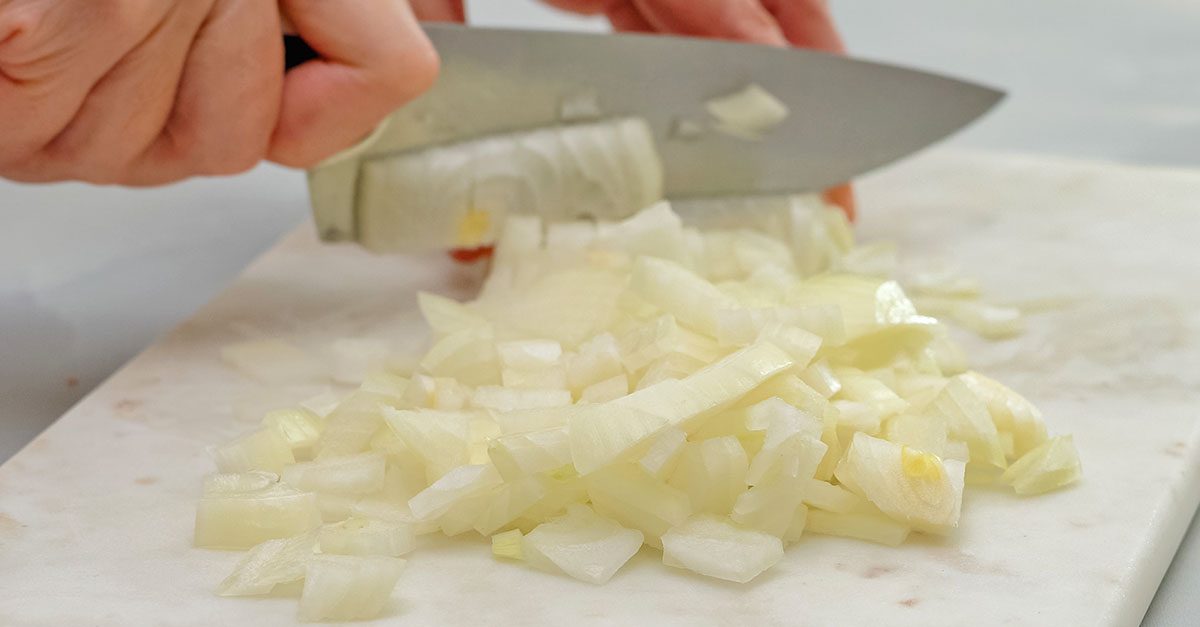How to prevent tearing up while chopping an onion
Chopping onions is even considered much worse and if people could, they would avoid it. However, according to some experts, it is better to master the art than to avoid it. In this article, we explore a way for you to cut onions with minimal tears.
;Resize,width=742;)
Chopping is an activity you can never avoid in the kitchen but many don't always look forward to it.
"Everyone thinks cooking in a restaurant is really glamorous, but it's really all about chopping onions," says David Tanis, former chef of Chez Panisse and current City Kitchen columnist for the New York Times. "You have to get good at it."
Chef Ignacio Mattos also agreed with him on the unavoidable task of cutting onions. "No onions, no food," Ignacio said.
What the experts suggest

Chef Mattos and Tanis compared two styles of breaking down an onion: The Traditional, and the slightly radical variations we'll call Mattos-Tanis New Style.
In the Traditional method, you cut the onion in half and perform a series of vertical and horizontal cuts with the root intact, holding the pieces together until you're ready to release the dice.
According to the Mattos-Tanis New Style, you cut off the root, slice along the grain and then, crucially, push the slices down and cut at a 45 degree angle, which results in a fine dice.
Here's the breakdown down:
- Get a Grip
According to chef Bill Kim of Chicago's BellyQ, the correct way to hold a knit is to treat it like a golf club. Your index finger should come over the handle and be tucked back at about thirty degrees. The thumb should rest on the metal butt end of the knife.
Kim said: "I tell people: If you don't have a callous on that index finger, you're not a real chef."

- Sizing Up a Blade
Once you get better with a knife, you realize you are essentially using the center of the blade. "The tip is positioning, but the middle of the knife does the real work," chef Kim says.
Maximize your blade length while finding a knife that's comfortable and easy to control. If it is too big, the knife becomes unwieldy and inaccurate.
And if it is too small, you won't have the proper reach to deal with long vegetables, leading to more cuts and wasted time.
The size you choose should depend on your height, hand size and comfort level in the kitchen.
- The Left Hand (a.k.a., The Claw)
According to Brendan McHale, executive chef of the Tasting Table Test Kitchen & Dining Room, "The left hand is your sous chef. It helps process the flow of everything and manages the real estate of the cutting board, while the right hand does the skilled work."
The classic claw formation allows you to tuck your fingers out of harm's way and hold what you're cutting in place while you rest the blade against your knuckles for control.
;Resize,width=767;)
;Resize,width=712;)


